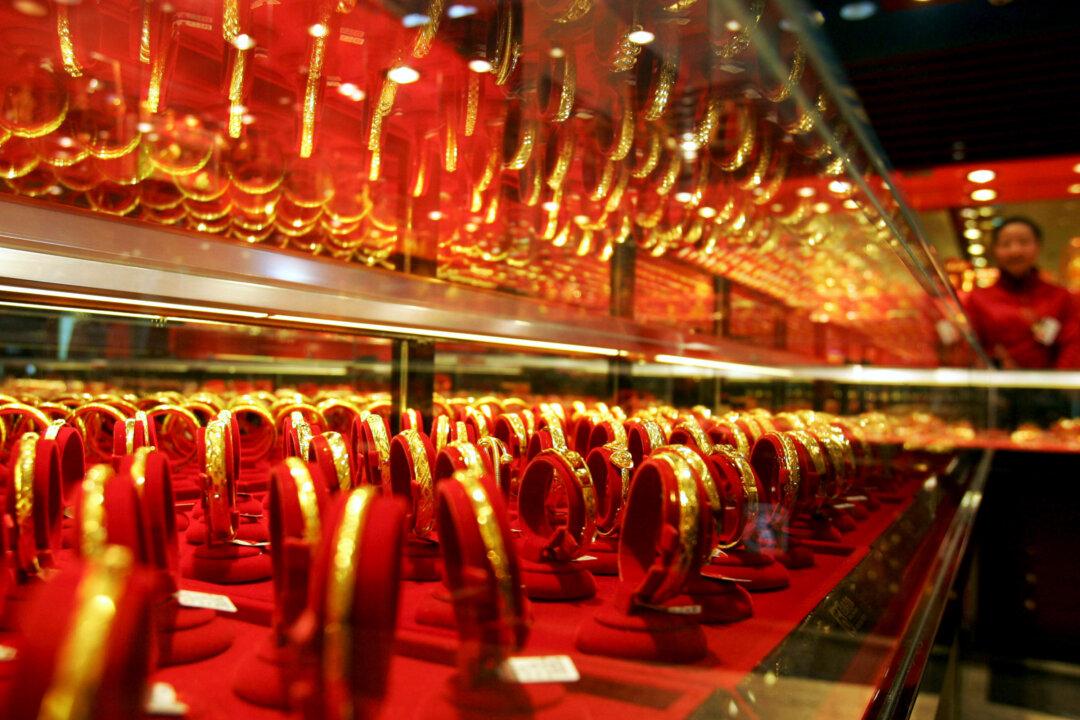The Chinese have always been in love with gold. And this year especially, China is taking several steps to rattle gold markets.
The country is currently lobbying to be included in the International Monetary Fund’s reserve currency, and gold has a lot to do with that process. Estimates say China has amassed thousands of tons of gold reserves that could rival the United States in the future.
“It is the Chinese view that all great currencies have gained prominence in some measure because of the hard asset reserves the government standing behind the currency holds. Gold reserves both from the government and reserves held by the population are a key factor for economic security for them,” says Simon Mikhailovich, managing director at Tocqueville Bullion Reserve.





